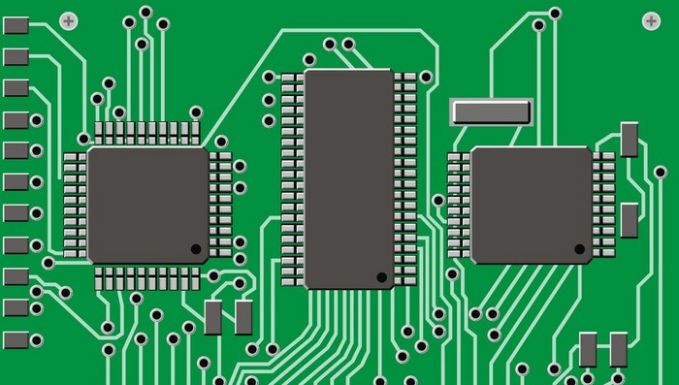We opened a new section dedicated to designing and creating our own PCB boards for our electronic products and Arduino projects.
Until recently, contracting PCB manufacturing was an expensive process that required long-term operation and hundreds of euros of investment. Therefore, it is beyond the scope of the family and #maker.
Fortunately, the situation has changed a lot in recent years. Online services for custom PCB board manufacturing are becoming more and more frequent, allowing us to have professional-quality small batches (5 pieces) at a very low cost. Now we can buy 5-10 series for a few Euros, less than one Euro per plate.
Changes in PCB design software also contributed. Until recently, they were fully commercialized, and license fees amounted to thousands of euros. Currently we have good and powerful free solutions, even open source, for layout design.
Thanks to both, we can now have custom PCBs of our own design with industrial quality for less than 1 Euro per board! Can be used in our project within 2-3 weeks.

This was unthinkable a few years ago. It not only delights all electronics enthusiasts, but also takes your projects to another level, making them more professional, powerful and easy to assemble.
Therefore, we will create a new part for the design and creation of our own PCB, start from scratch and obtain the files needed for manufacturing.
We will learn more about everything in future posts. But let us not surpass ourselves prematurely and explain from the beginning (the way we like it on the blog). In this case, what does this mean is a PCB?
What is PCB?
A printed circuit board or PCB (printed circuit board) is a compact circuit configuration system that reduces the need for cables and produces a rugged and small circuit.
The printed circuit board was invented by Austrian engineer Paul Eisler in 1936, and was quickly adopted due to the stimulus of the Second World War framework to a large extent.
Today, we are not used to seeing PCB boards anywhere. From small to large, for example in home electronics modules, in your smartphone or computer motherboard.
PCB design tutorial What is a PCB?
PCBs are also generally regarded as very complex components, which can only be used by electronics professionals. Yes, they can be very complicated. But in this section, we will uncover its mystery and see if anyone can design their own PCB.
The PCB consists of copper layers that are insulated from each other, and these copper layers make up the circuit. In the next article in this series, we will cover each of these aspects in detail, but for now, we are left with this summary.
We will mount/solder electronic components on the PCB, which can be PTH (Plated Through Hole) or SMD (Surface Mount Device). In both cases (PTH and SMD) there are various components. Resistors, capacitors, coils, transistors, integration.
The conductive tracks on the PCB and the mounted components together form the final circuit. If we don't have a PCB, we can connect the components together, using a breadboard or breadboard and solder. PCB saves all our work.
Avoid cable confusion. Connect and disconnect. "This pin was bent when removed." "Look where this cable comes from." "I have two pins soldered together." "This connection generates electrical noise." Most importantly, this does not work and this has been destroyed.
Logically speaking, the biggest difficulty lies in the design of the circuit. The more you know about electronics, the more complex and useful the circuit board you make (this also happens if you use a breadboard).
But, as we have seen, despite its appearance, PCB itself is a simple concept. The simple conductive track saves us from using a lot of cables, and it provides us with a powerful and safe way to manufacture electronic circuits.
in conclusion
So far, we have seen the introduction of this new PCB design part and why we should not be afraid of them. Today, anyone can make custom PCBs.